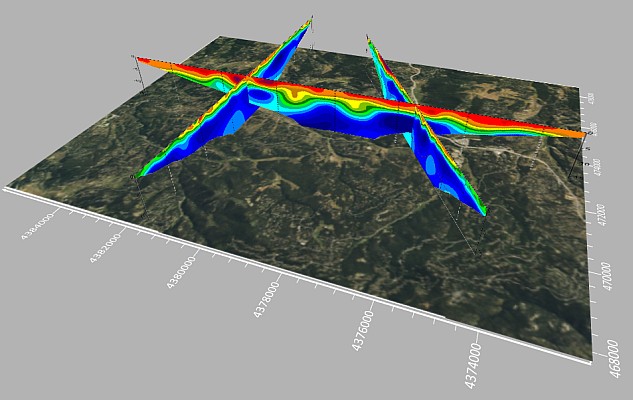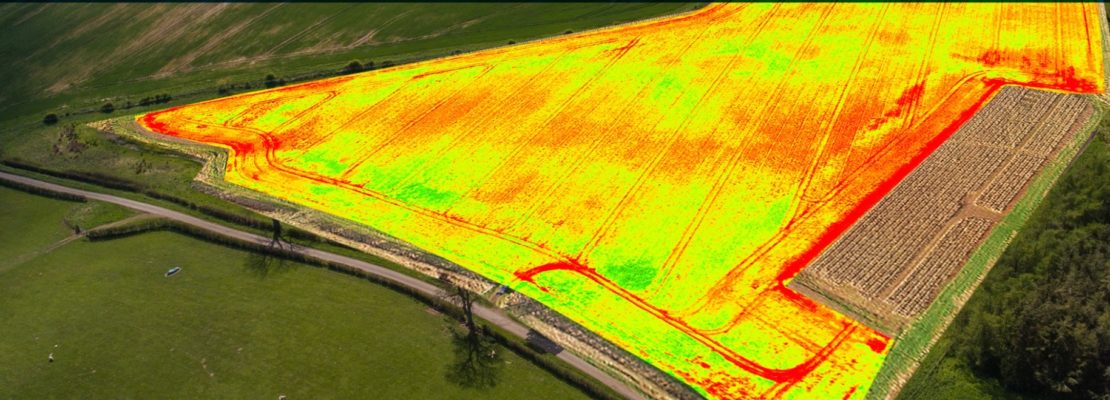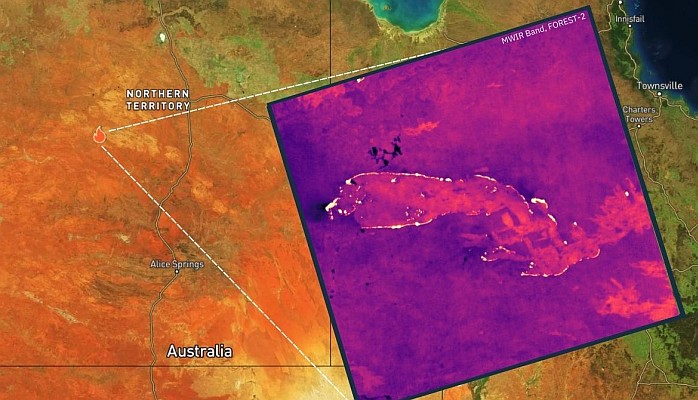Spatial View of Los Angeles Mobility Network Shows Street Projects, Paving the Way for a People-Friendly Future
A new public web map, built on the Esri ArcGIS platform, shows how the Los Angeles Department of Transportation (LADOT) is empowering smart communities and transforming its streets through spatially strategic investments.

“Minor changes in how we balance streets so they are more conducive to multimodal transportation choices—such as people walking, bicycling, taking transit, and enjoying the sidewalk environment—have positive effects on neighborhoods, from business vitality to social gathering,” said LADOT active transportation planner and urban designer Valerie Watson.
The web map is part of the LADOTs People St program, which invests in low-cost, high-return mobility projects, such as sidewalk extensions, called parklets, and plazas. LADOT partners with communities to bring these projects to fruition by sharing costs and responsibilities. Every year, communities are encouraged to apply through the program to secure the partnerships, with project ideas coming from neighborhoods rather than from the City.
“The power of the map is that it allows people to explore how current and future People St projects fit into and enhance the bigger picture of mobility in Los Angeles,” Watson said.
LADOT hopes community leaders and the public will use the People St web map to identify places in their neighborhoods that might benefit from a parklet or plaza installation, and then apply to the program. The goal is to spark community interest in partnering with the City to improve residents’ mobility network for all travel modes.
The People St web map marks the first time LADOT has been able to pull City of Los Angeles, Los Angeles County Metropolitan Transportation Authority (Metro), and County of Los Angeles data into a single view of the City’s transportation infrastructure network as well as parks and other public open space. Layers, such as existing and future Metro rail lines, bicycle facilities, and street designations made under Mobility Plan 2035 can be toggled on and off, and zooming in provides even greater detail.
“This kind of information can often appear complex and confusing with other mapping tools,” Watson said.
LADOT built the map with Esri technology because of the ease of displaying and updating multiple layers of spatial data with ArcGIS Online. In addition, the public—without any technical experience—can interpret and use the maps.
“ArcGIS Online makes it easy to digest this data in incredibly informative ways,” Watson said.
The People St program is one tool LADOT is using to achieve the goals of Mayor Eric Garcetti’s Great Streets Initiative as well as the city’s Mobility Plan 2035, a vision for Los Angeles of an enhanced system of transportation infrastructure that can be prioritized to optimize use for all modes of transportation.
“The whole network view shows how making strategic placemaking investments and focusing limited resources around certain corridors throughout the city, where they are most needed, can accommodate a multimodal future,” Watson said.
View the People St map at peoplest.lacity.org/projects.
# # #
About People St
People St is a program of the City of Los Angeles Department of Transportation (LADOT) in collaboration with the City of Los Angeles Departments of Public Works and City Planning, the Office of Mayor Eric Garcetti, and the Los Angeles County Metropolitan Transportation Authority (Metro). People St facilitates partnerships between the community and the City of Los Angeles. Projects initiated and driven by and for communities can be brought to life by working through People St. Community Partners are required to be active players in order to build neighborhood support for Plazas and Parklets, identify an appropriate site, conduct outreach, raise funds required for materials and furnishings, install project elements, and provide and fund long-term management, maintenance, and operations of the project.
Source: Esri






